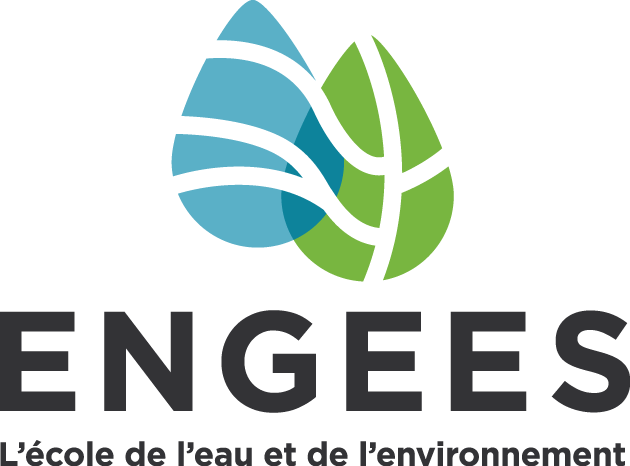
The Phenocam program
Climate change affects all environments, particularly lower mountain ecosystems. Some plant species struggle to adapt and must move to higher altitudes, which is possible in high mountain areas but much more limited in mid-mountain regions. This process is also referred to as summit-trap.
The Phenocam project studies the evolution of biodiversity and vegetation behavior in the Vosges grasslands, also known as hautes chaumes. For this research work, three cameras have been installed in the protected area of Frankenthal-Missheimle, Rothenbach and Grand Ballon.
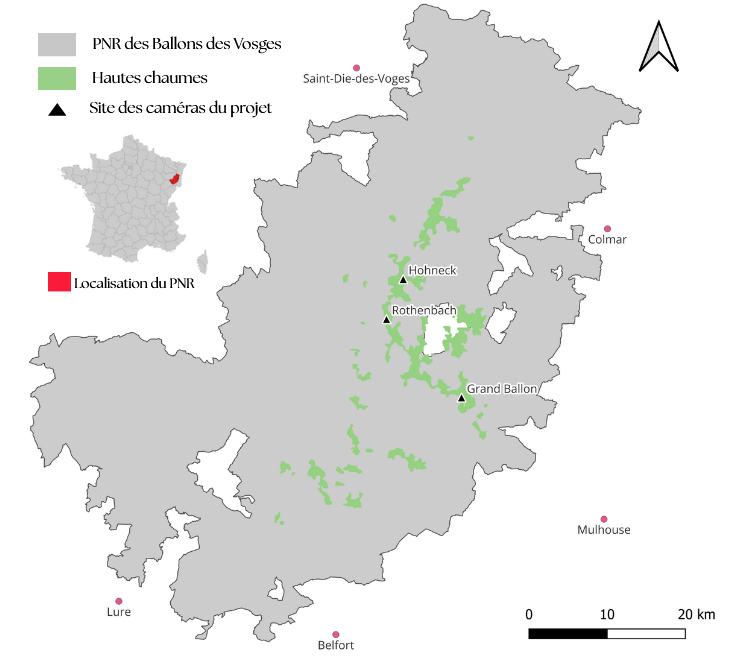
Hautes Chaumes
The Hautes Chaumes are pastoral landscapes located between 1,000 and 1,400 meters in elevation. These open areas, either grassland or shrublands scattered with a few stunted trees, are exposed in winter to strong wind and snow accumulations. Above 1,200 meters, nearly 500 plant species can be found, (i.e. Vaccinium uliginosum ; lutea ssp. calaminaria). Four thousand years of clearing and grazing have shaped these remarkable ecosystems. This area represents a biological heritage of international importance and is part of the Natura 2000 network dedicated to preserving biodiversity across Europe. Grazing, as long as it is not excessive, helps keep these exceptional environments maintained.
Phenocam of the Grand Ballon
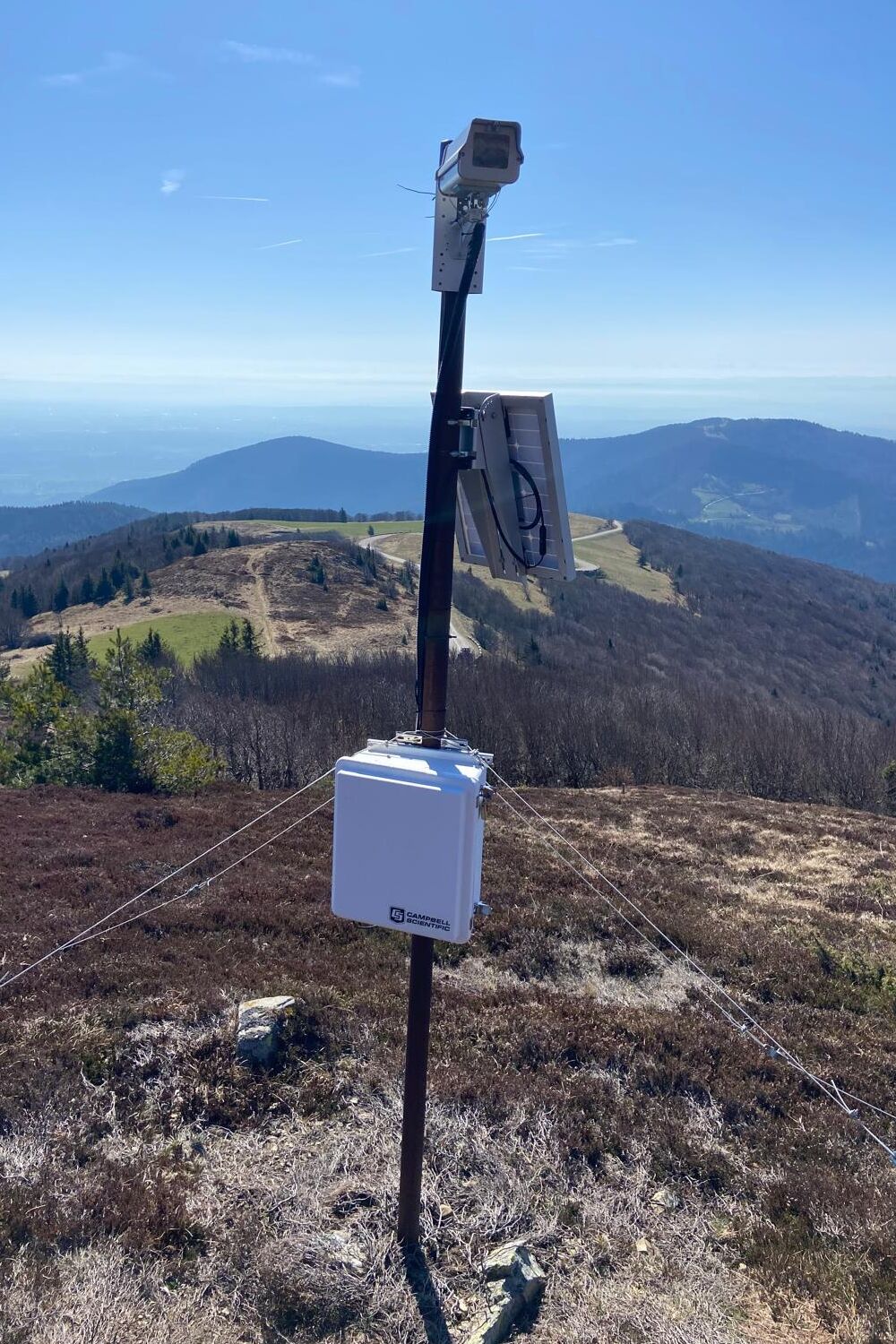
Location: Geishouse
Height: 1336 m

Click here to see the 2024 time lapse video
Phenocam of the Hohneck
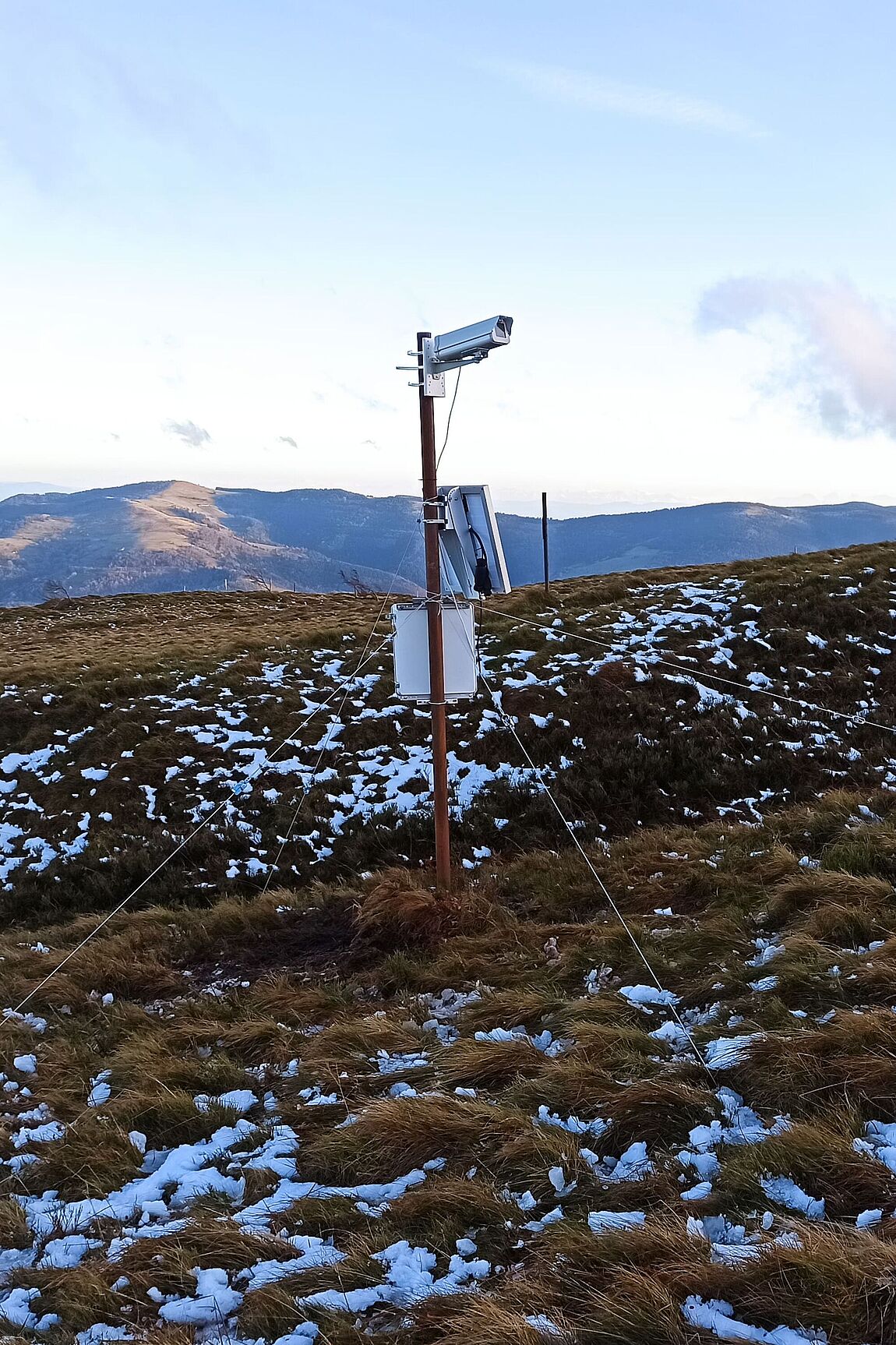
Location: Stosswihr, Haut-Rhin
Height: 1349 m
Other equipments: Rain gauge, air T°, soil T° , Anemometre
Protected area: Réserve naturelle nationale Frankenthal Missheimle - Link to this protected area

Click here to see the 2024 time lapse video
Phenocam of the Rothenbach
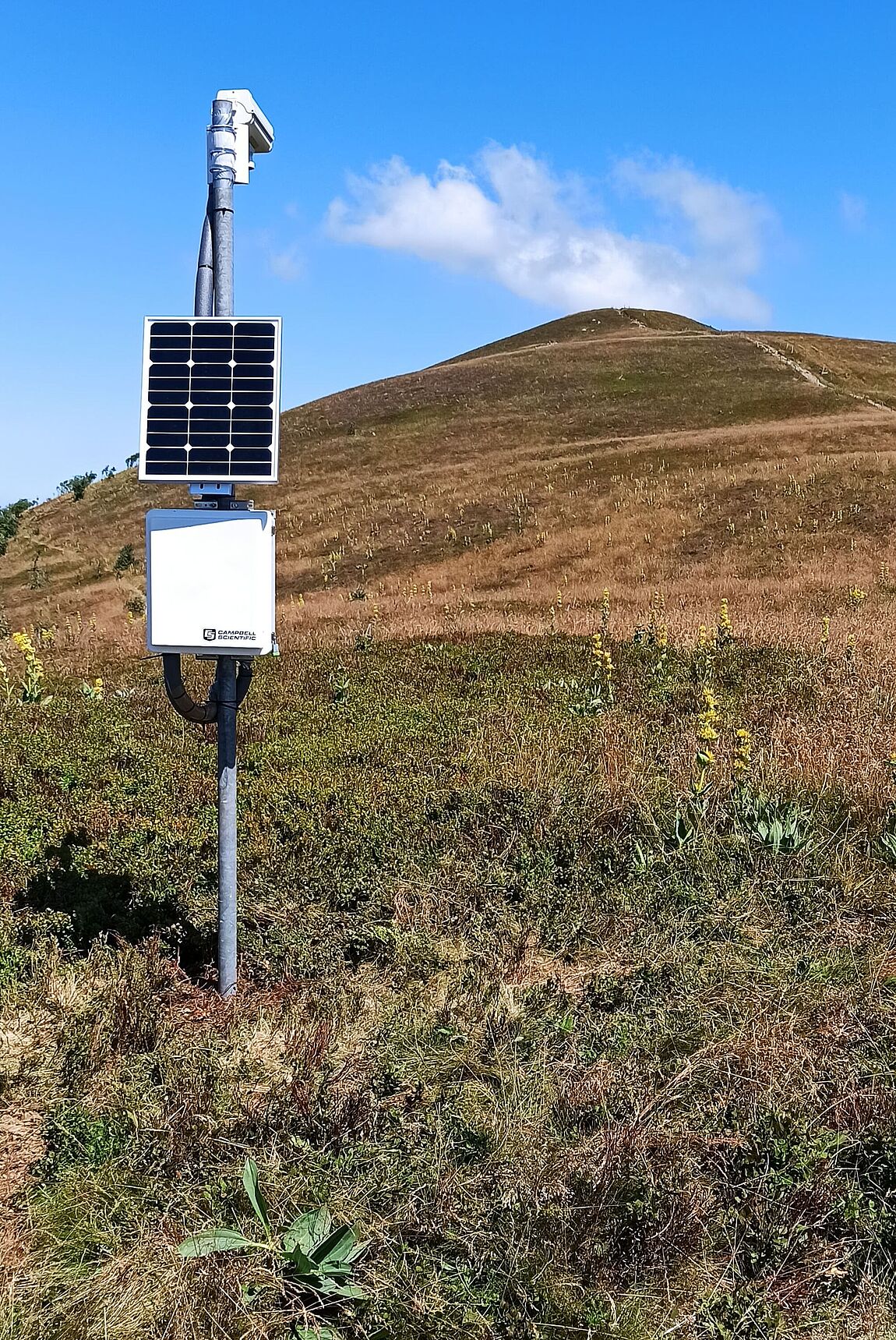
Location: Wildenstein, Haut-Rhin
Height: 1270 m
Other quipments: Rain gauge, air T°, soil T°
Protected area: Réserve naturelle régionale Hautes-Chaumes du Rothenbach - Link to the protected area

Click here to see the 2024 time lapse video
Climate Warming in low mountain range
Climate warming in low mountain grasslands affects plant growth and, in some cases, their survival. In high mountain areas, vegetation can adapt through various strategies, including migrating to higher altitudes in search of cooler climates. In contrast, such upward migration is often limited—or even impossible—in low mountain ranges like the Vosges. This makes the Hautes Chaumes ecosystem particularly vulnerable to climate change.
Climate warming also impacts snow cover and the length of the seasons. Seasons now tend to start earlier, and the growing period for vegetation is extended.
Some plant species are better adapted to these changes, giving them a competitive advantage, while others are at risk of disappearing. Ultimately, climate change affects entire plant communities—ranging from individuals and species to populations and ecosystems—resulting in transformations at both the plant and landscape scales.
Fundings
The project is funded by CNES via the TOSCA programme.
Project duration
2022-2026
Collaborations
- Laboratoire Image Ville Environnement, LIVE UMR 7362, CNRS, Université de Strasbourg, Dypa Research group
Contact: Damien ERTLEN - damien.ertlen[at]live-cnrs.unistra.fr
- Laboratoire Biogéoscience, UMR CNRS/uB 6282, Université Bourgogne Europe
Contact: Albin ULLMAN - albin.ullmann[at]u-bourgogne.fr
- Parc Naturel Regional des Ballons des Vosges
Contact: Emmanuelle HANS
- Conservatoire d’espaces naturels d’Alsace
Contact: May-li BATÔT
Contacts
Dr. Pierre-Alexis HERRAULT, Lecturer, Faculty of Geography
University of Strasbourg
pierre-alexis.herrault[at]live-cnrs.unistra.fr
Dr. Damien ERTLEN, Lecturer, Faculty of Geography
University of Strasbourg
damien.ertlen[at]live-cnrs.unistra.fr
Javier TAMAYO PENA, PhD student in geography/geomatics
University of Strasbourg
jtamayopena[at]unistra.fr
Master 1 FERN 2024 - 2025 (photography and webpage)
Luc CHOMEL
Simon CHAMEROY
Fanny LALLEMENT
Killian VORNIERES
Margaux FAIVRE

